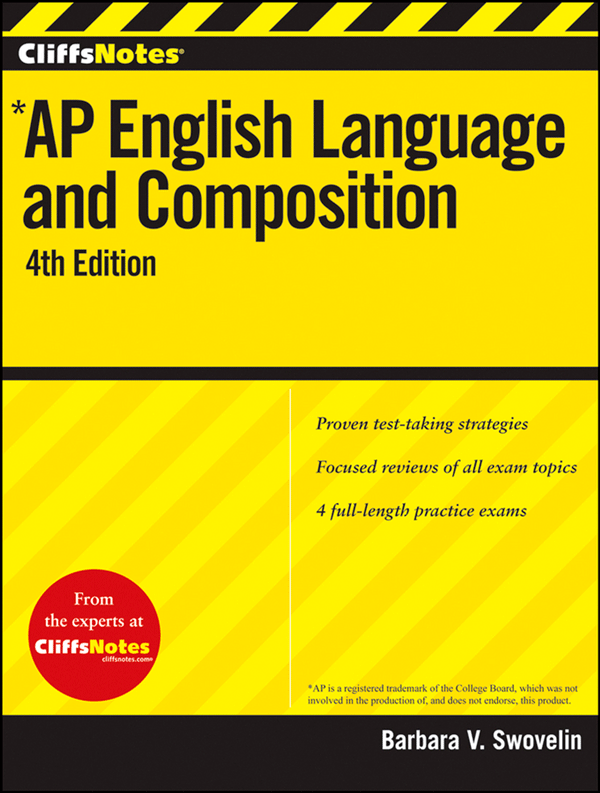Buy This CliffsNotes Book Here!
 In the multiple-choice section of the AP English and Composition exam, you'll first read a passage, followed by the questions to answer. Many who take the AP exam don't achieve their best scores because they spend too much time dwelling on hard questions, leaving insufficient time to answer the easy questions they can get right. Don't let this happen to you. Use the following system to mark your answer sheet.
In the multiple-choice section of the AP English and Composition exam, you'll first read a passage, followed by the questions to answer. Many who take the AP exam don't achieve their best scores because they spend too much time dwelling on hard questions, leaving insufficient time to answer the easy questions they can get right. Don't let this happen to you. Use the following system to mark your answer sheet.
For each passage and its set of questions:
-
Answer easy questions immediately.
-
On more difficult questions, take advantage of being able to mark in your test booklet. As you eliminate an incorrect answer choice from consideration, mark it out in your question booklet.
You could even mark some choices with question marks, signifying that they may be possible answers. This technique will help you avoid reconsidering those choices you've already eliminated and will help you narrow the possible answers. If you've managed to eliminate two or more answers from consideration but still are not sure of the answer, mark a guess answer at this point. If you wish to reconsider these guess answers before you go on to the next set, you'll be able to identify them from the marks you've made eliminating wrong answers.
-
On questions you find very difficult — those on which you cannot eliminate wrong answers, leave the answer blank (but be careful to mark your next answer in the right place on the answer sheet), put a checkmark in the margin next to the question, and go on. Sometimes, consideration of other questions in the set suddenly sheds light on the questions you left blank, and you can then quickly return to it and choose an answer.
Note: You don't have to erase the marks you make in your test booklet. However, don't make extraneous marks on your answer sheet because in machine scoring, such marks can be counted as wrong answers.
Here are some more suggestions for forming a plan of attack on each passage and set of questions:
-
First, skim the questions which follow the passage (do not read the choices at this time).
-
Begin reading the passage as quickly as possible without losing comprehension. Read quickly but actively, marking the few important key points in each paragraph (don't overmark).
-
Answer the questions which follow the passage without spending too much time on any difficult questions. Take guesses when you can eliminate two or more wrong answers.
-
Mark extremely difficult, "no-guess" questions with a check so that you can quickly return to them.
-
Repeat this process with each passage.